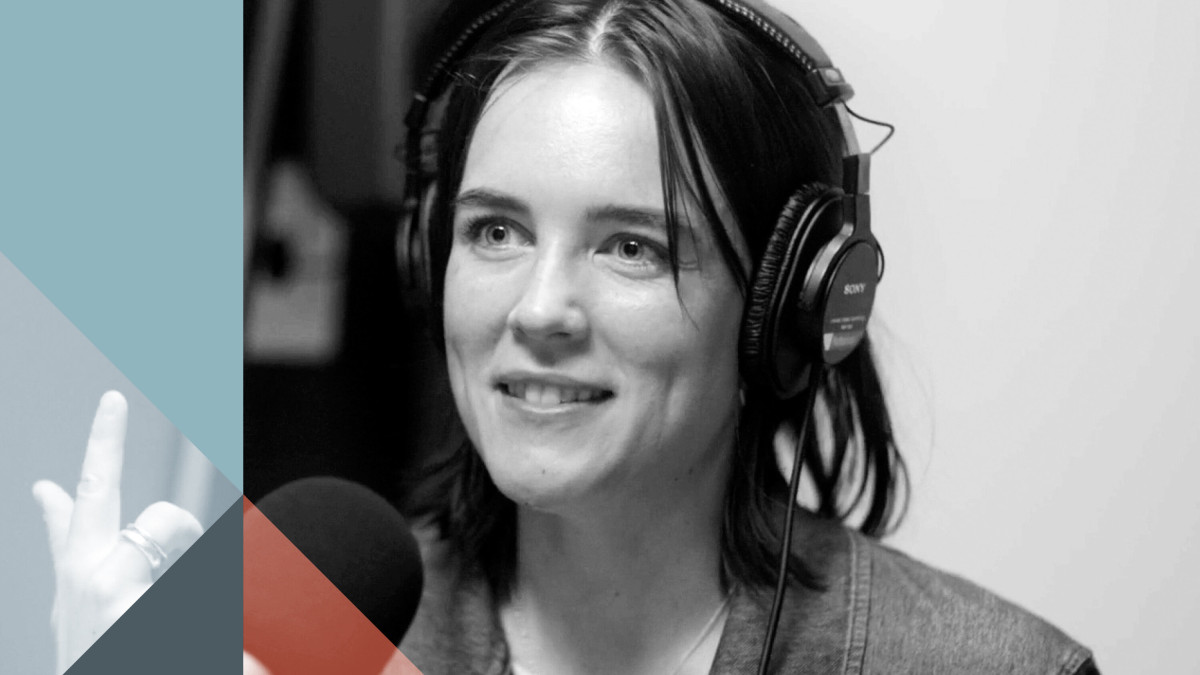

The economics writer Kyla Scanlon on how attention has come to shape politics, our economy, Gen Z and more.
This is an edited transcript of an episode of “The Ezra Klein Show.” You can listen to the conversation by following or subscribing to the show on the NYT Audio app, Apple, Spotify, Amazon Music, YouTube, iHeartRadio or wherever you get your podcasts.
The last few episodes of the show have been about attention — in terms of Zohran Mamdani and Donald Trump, in terms of the “big, beautiful bill.” But I also wanted to do an episode that was about attention in terms of itself: If we’re going to say attention is currency, if we’re going to say it’s power — well, what kind of currency is it? What kind of power is it? Where is it strongest? And where is it weakest?
I am a pretty loyal reader of Kyla’s Newsletter, by Kyla Scanlon, on Substack. It often feels to me like it is being sent back in time from some future economy.
And in a way, it is. Kyla is very much a member of Gen Z, and the economy she’s reporting on and theorizing about is the one that Gen Z has been churned out into — an economy that works much more digitally, where attention drives capital as opposed to capital’s driving attention.
She has emerged as a leading theorist of the economics of attention — not how they work everywhere but how they work in the part of the economy, and the part of society, that is most exposed to attentional dynamics.
Kyla is also the author of the book “In This Economy?” and you might have heard some of her different coinages, like “vibecession.” She’s a fascinating person to talk about this with.

![Enjoy the [Road] Show Travel Mug with Handle, 14ozEnjoy the [Road] Show Travel Mug with Handle, 14oz](https://georgemagazine.com/wp-content/uploads/2024/08/479070202831754764_2048-300x300.jpeg)

![[GOOD PRESS] ON[GOOD PRESS] ON](https://georgemagazine.com/wp-content/uploads/2024/08/16389056566437433941_2048-300x300.jpeg)